Why You Need to Learn About K. Seshadri Iyer, the Forgotten Creator of Modern Bengaluru
The Dewan of Mysore for a span of 18 years, Sheshadri Iyer's able administration laid the foundation for much of modern Bengaluru's infrastructure and many of the city's landmarks.

When you look at the swirling mist rising from the cascading waters of River Cauvery at the Shivanasamudra in Karnataka, you may not immediately think of electricity. However, this breathtakingly beautiful spot does have a significant historical connection to the advent of electricity in the state.
Shivanasamudra is where Asia’s first major hydroelectric power plant began operations from on September 26, 1908. The then-king of Mysore, Nalwadi Krishnaraja Wodeyar, ushered the electrical era in style by switching on the power from his throne room in Jagan Mohana Palace.
He then turned to commend K. Sheshadri Iyer, the Dewan of Mysore, whose vision and tireless efforts had resulted in the state harnessing power from the flow of river at Shivanasamudra. This is just one of the many achievements of the man regarded by most at the ‘Maker of Modern Bangalore.’
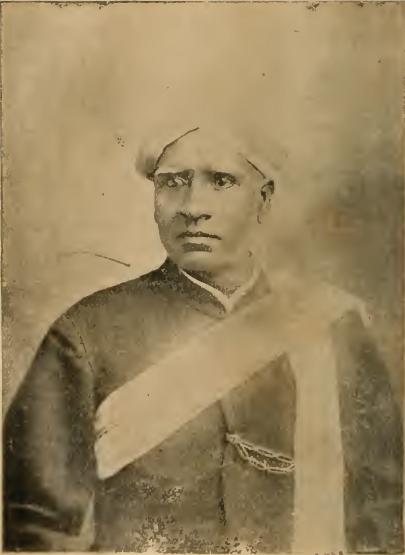
Seshadri Iyer
Photo Source
Born to Ananthakrishna Iyer and his second wife Venkatalakshamma on June 1, 1845, Seshadri Iyer spent his early childhood in Palghat in the Malabar district (now in Kerala) of Madras Presidency. His great-grandfather Gowri Seshan Pattu had migrated to Palghat from Tanjore district in Tamil Nadu at the turn of the 19th century.
After completing his early education in Calicut and Trivandrum, Seshadri Iyer graduated in arts from Presidency College in Madras in 1868. He was appointed Judicial Secretary in the Ashtagram division of the Mysore kingdom and obtained his B. L. degree from the University of Madras in 1874.
From 1881 to 1883, he served as an officer in the services of the kingdom of Mysore, first as a district magistrate and later as personal secretary to the first Dewan of Mysore, Rangacharlu. When Rangacharlu died in 1883, Sheshadri Iyer succeeded him. The previous dewan had been a brilliant, courageous and highly respected administrator, and Sheshadri Iyer was determined to be the same.
He began by commissioning the Shivanasamudra hydroelectric project and focusing on the mining operations at Kolar Gold Fields (KGF). Once the hydroelectric project commenced operations, he drew a voltage line from Shivanasamudra to KGF, revolutionising mining operations at the gold field.
The gold fields were 147 km away from the waterfalls, making the transmission line the longest in the world at the time.
The hydroelectric plant at Shivanasamudra, called the Sir Sheshadri Hydel Station, also supplied power for the construction of the Mettur dam in Tamil Nadu in the 1930s, In May 2006, it was made a National Heritage Centre.
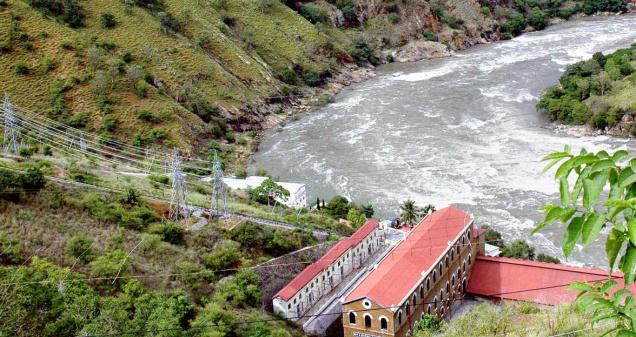
Sri Seshadri Hydel Station at Shivanasamudra
Photo Source
Next, Sheshadri Iyer worked to improve the transport, irrigation and health sectors in the kingdom. He extended the railway lines in the kingdom by 270 km and took a voltage line from Shivanasamudra all the way to Bangalore. He constructed the famous Glass House at Lalbagh in 1889 and the Victoria Hospital at Bangalore in the year 1900.
Other than starting insurance schemes for government employees, he also started agricultural banks to help poor farmers and land owners who had to depend on loans from private parties at higher interest rates. He also codified the revenue lands in the state and undertook the cleaning and desilting of reservoirs to improve irrigation and water storage.
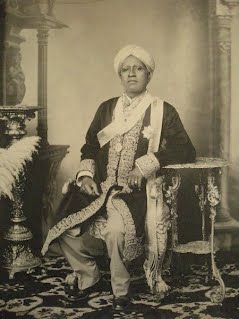
K. Sheshadri Iyer
Photo Source
In 1898, a devastating plague in Bangalore wiped out most of the city’s population. In the aftermath of the disaster, Sheshadri Iyer took many steps to help the people of the city and improve their living conditions. Streets were decongested, trees were planted, roads were widened and sanitation was improved. Many new commercial and industrial units were established to increase employment opportunities for the people of the city.
Other than beginning the extension of residential areas in Basavanagudi and Malleswaram, Seshadri Iyer started the Chamarajendra Water Works to supply water to the city from Hesaraghatta Lake in 1894. With the help of a brick aqueduct and steam engines, water was pumped up to a reservoir from where it flowed to Malleswaram and then to the rest of the city. This simple yet effective design worked brilliantly between 1894 and 1935, serving as a substantial source of water for about 45 years.
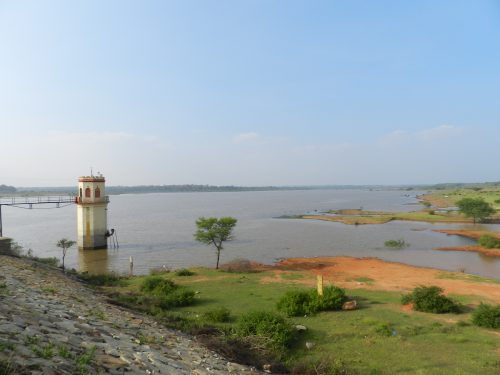
Once brimming with water, the Hesarghatta lake now wears a parched look.
Photo Source
Sheshadri Iyer also gave due importance to the education of women and started special scholarships for talented students to help them go abroad for higher studies. He was the one who made the construction of Indian Institute of Science in Bangalore possible.
One of India’s leading figures, Jamsetji Nusserwanji Tata was convinced that the future progress of the country depended crucially on research in science and envisaged an institution that would encourage the same. In 1898, he was on the lookout for a suitable place for such an institution when he met and discussed his idea with Sheshadri Iyer.
Agreeing with Tata on the fact that a better quality education would serve the country well, he convinced the then-ruler of Mysore, Krishnaraja Wodeyar IV, to donate roughly 372 acres of free land in the heart of Bangalore and provide other necessary facilities. This educational institution later became the Tata Institute of Science, renamed the Indian Institute of Science (IISC) in 1911.
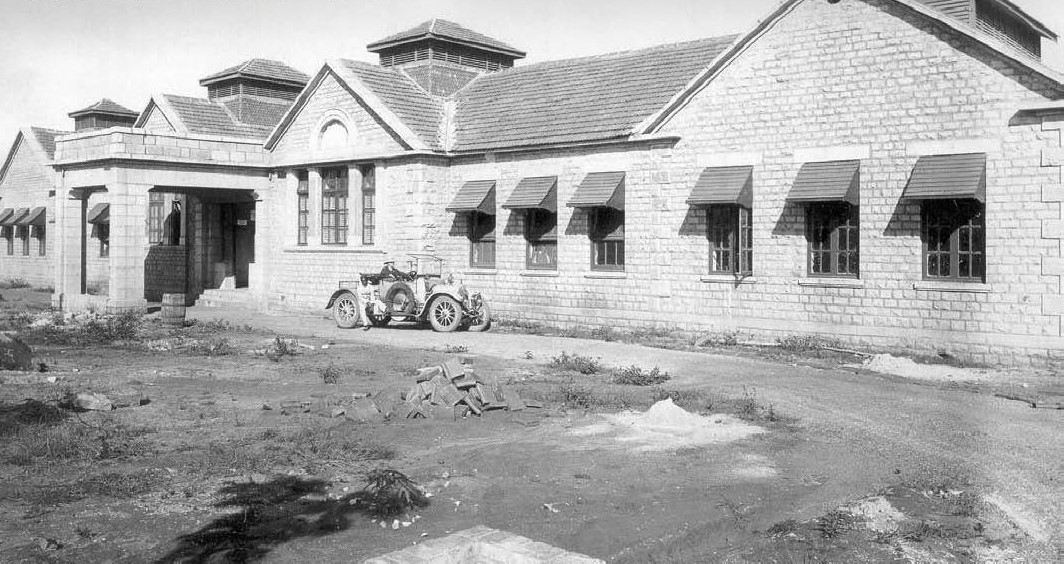 An old photo of IISc
An old photo of IISc
Photo Source
From modest beginnings with two departments and 21 students in 1911, today IISc has 39 departments, 3,500 students, about 500 academic staff, and 600 administrative personnel, a telling statement on the longevity of India’s best-known research institution.
An ardent follower of the teachings of Swami Vivekananda, Sheshadri Iyer also took a keen interest in the workings of the Indian National Congress. When the Theosophical Society found its way to Bombay, he invited Founder-President Col. Olcott to Bangalore.
Thanks to Seshadri Iyer’s initiative, the King of Mysore gave 1.27 acres of land to the Theosophical Society. The foundation for its first branch, the Bangalore City Lodge, was laid by the very illustrious founder president of the Theosophical Society. The foundation stone for the second building, Cantonment Lodge, was laid by Annie Besant, the second president of the society and the founder of the Home Rule League.
Having administered the kingdom of Mysore for a span of 18 years, Sheshadri Iyer remains the longest-serving Dewan of the princely state. A disciplined life, dedication to duty, and practical imagination were the hallmarks of this exceptional statesman. In his book ‘Gold, Sport and Coffee Planting in Mysore,’ Robert H.Elliot says:
“I may pause here to remark that what I saw and heard at the Assembly, combined with what I previously knew of the Mysore Government, satisfied me that a more perfect form of government does not exist in the world…..While I have heard much in favour of the Dewan, I have never heard a single deprecatory remark made concerning his administration of the province, either by natives or Europeans. Mysore is indeed extremely fortunate in having such a man as Mr. Seshadri Iyer, since made Sir K. Seshadri Iyer, at the head of affairs.”
In present-day Bengaluru, Seshadripuram (a city extension created in 1892), Seshadri Road, Seshadri Memorial Library, and his statue in the Cubbon Park remind citizens of this legendary administrator’s valuable contributions. His stately home in Kumara Krupa Road, now a government guesthouse, has housed guests such as Mahatma Gandhi, M. Visvesvaraya and Indira Gandhi, and is among the most graceful creations in the city’s architectural heritage.
Also Read: How Bengaluru Went From Being a Barren Plateau to a Verdant Garden City in 250 Years
Like this story? Or have something to share? Write to us: [email protected], or connect with us on Facebook and Twitter.
NEW: Click here to get positive news on WhatsApp!
If you found our stories insightful, informative, or even just enjoyable, we invite you to consider making a voluntary payment to support the work we do at The Better India. Your contribution helps us continue producing quality content that educates, inspires, and drives positive change.
Choose one of the payment options below for your contribution-
By paying for the stories you value, you directly contribute to sustaining our efforts focused on making a difference in the world. Together, let’s ensure that impactful stories continue to be told and shared, enriching lives and communities alike.
Thank you for your support. Here are some frequently asked questions you might find helpful to know why you are contributing?


This story made me
-
97
-
121
-
89
-
167













